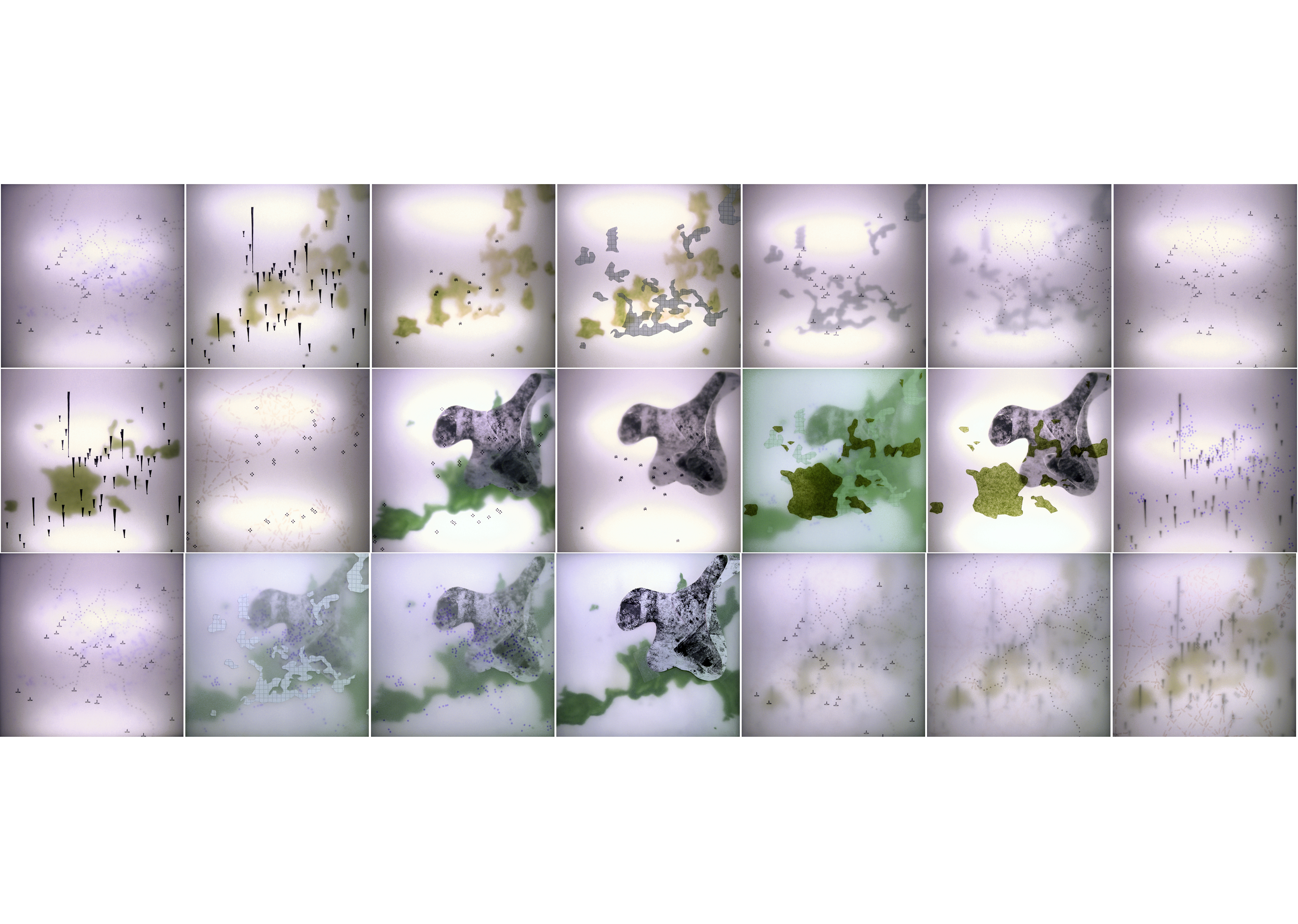12_2009
What is the infrastructural unconscious?
Conscious infrastructure, active and connected, has holes. These gaps, moments of unconnected, redundant or transformed or hybrid infrastructures evoke surrealist qualities. They are the infrastructural unconscious.
Hal Foster, in his book ‘compulsive beauty’ discusses the ‘uncanny’ (a freudian term) and the ‘lost object’. He defines the term ‘uncanny’ as the return of the repressed in an unfamiliar guise;
‘I believe this concept to be the uncanny, that is to say, a concern with events in which repressed material returns in ways that disrupt unitary identity, aesthetic norms, and social order.’
In [Foster’s] argument the surrealists not only are drawn to the return of the repressed but also ‘seek to redirect this to critical ends.’
Each infrastructure, must be pulled out, separated from the others momentarily in order to become a layer in a separate mapping of the urban field.
The layers arranged as overlays allow the viewer to decide on the importance or priority of the data and arrange them accordingly.
The layers at the back become blurred, and loose focus, taking on qualities of memory. It is only through this method that we may discover unnameable hybrids and unexpected results
If we consider again the sheer amount of data, the likely-hood of two layers (say cows milk production and prisons) being overlaid is slim.
Have we repressed the potential associations made when they are forced together?
‘discovering unnameable hybrids’
